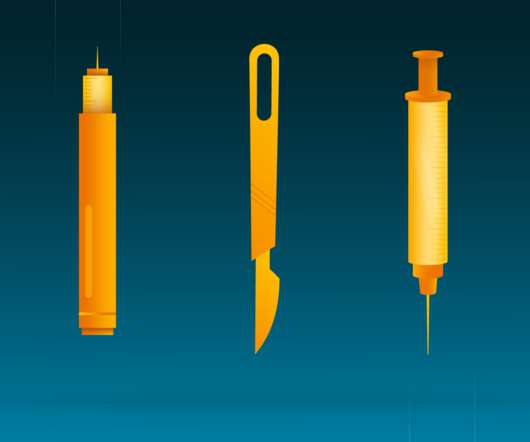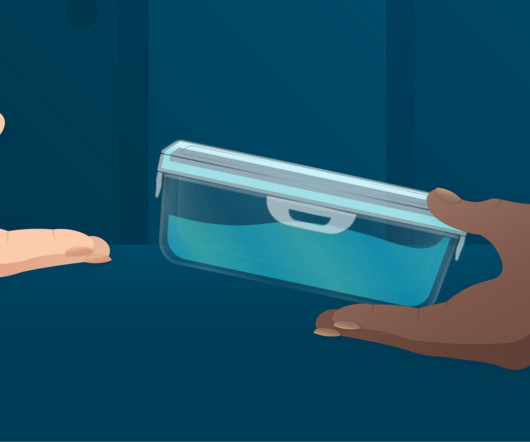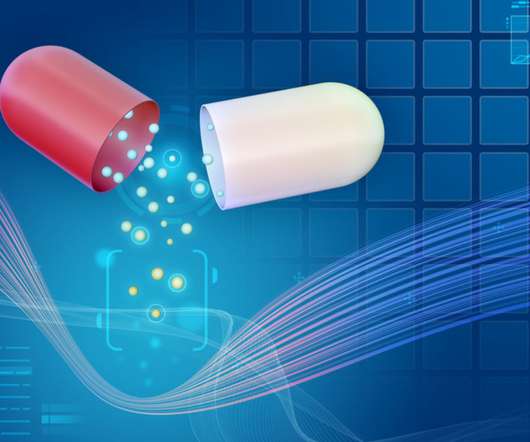Safe Sharps Handling When Dispensing Investigational Products
Advarra
AUGUST 31, 2022
Institutional biosafety committees (IBCs) frequently receive questions about the proper methodology for preparing a syringe for transport from a drug room or pharmacy to the clinic where the injection will be administered. Healthcare workers are frequently taught never to recap syringes after use. Needles must not be bent or sheared.












Let's personalize your content